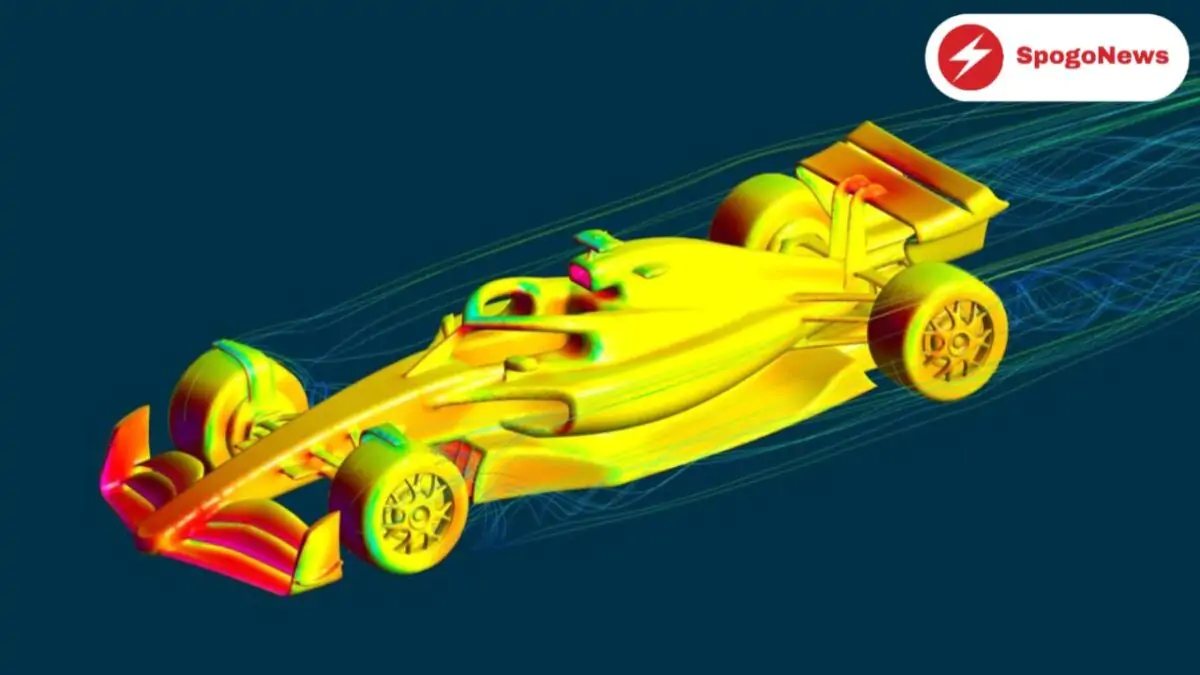(Motorsports news) This post will walk you through the most significant aerodynamic aspects of a Formula One car.
Downforce: better grip on the asphalt
A Formula 1 car’s downforce is responsible for much of its on-track performance. It refers to the aerodynamic force that pushes the automobile down and increases track grip. This allows the car to accelerate on straights and drive faster through curves. The trick for teams is to optimize downforce balance such that the car remains both stable and speedy.
This is accomplished through many sections of the vehicle, including the front and rear wings, diffuser, and base plate. Downforce is thus a key part of Formula One car development and tuning, and it can be the difference between winning and losing on the track.
Front wing and rear wing:
The front and rear wings of an F1 car are essential for generating downforce. The front wing is responsible for guiding air to the rest of the car and the rear wing is responsible for creating downforce. Both wings are designed to create optimal airflow to generate downforce.
Wing end plate:
A Formula 1 car’s wing end plate is an integral aspect of aerodynamics and plays a vital impact in the car’s performance. This ‘plate’, which is located at the ends of the front and rear wings, contributes to downforce and stability during high-speed driving. The wing end plate is intended to guide airflow over the wings and reduce turbulence, hence improving grip and traction. It also serves as a crucial transition zone between the wing and the rest of the automobile, supporting smooth and efficient airflow.
Wing end plates use innovative materials and design approaches to ensure that the Formula 1 car generates maximum downforce and performs optimally on the track. To achieve a competitive advantage in races, teams must constantly optimize the wing end plate through research and development.
Porpoising F1:
Porpoising is the movement of the front of a car at high speeds up and down. Because it disturbs airflow and diminishes downforce, this poses a difficulty for the car’s aerodynamics. Teams attempt to eliminate porpoising by repositioning the front and rear wings and optimizing the streamline of the car. Several teams were affected by this, particularly during the 2022 season.
Also read: In 2022, the Red Bull F1 team’s revenue increases by £385 million
